Write & Lift is an ethos of personal and spiritual development through conscious physical exertion and practice of the writing craft. Through this effort to strengthen our bodies and minds, we become anti-fragile and self-respecting sovereign individuals. Through this effort, we may stand against untruth and evil and create a new culture of vitality, strength, and virtue.
If this is your first time reading, subscribe here.
When Life Was A Huge Party
Growing up in the late '90s and early 2000s felt like a never-ending party.
There was a sense of eternal optimism and unity. Youth culture was fun; irreverent, goofy, and innocent.
I couldn’t wait for another endless summer. I couldn’t wait to be a teenager. I couldn’t wait to go to college. My friends felt the same way.
We watched the same shows. We listened to the same music. We played the same videogames. We rode our bikes until the sun came down and went inside for dinner and when our parents went to bed, we called each other on the phone and shared glitches and strategies for beating the boss in Legend of Zelda. It was a good time.
None of my friends had “anxiety” and even the weird kids at school still had friends. This was the last decade of old America. Then, everything changed.
As an important caveat, not all 10-19-year-olds today are struggling. Like most of my posts, this is a genuine desire to examine trends and broad cultural shifts. If you have a “normal kid” (healthy, passionate, hard-working, adventurous) you’re raising the exception to the current rule (let us know in the comments what you’re doing!)
At a broad level, kids today are not ok. Rates of self-harm in 10-14-year-olds have skyrocketed, mostly in young girls. Rates of youth depression and anxiety in the United States—stable in the 2000s—rose by more than 50 percent in many studies from 2010 to 2019. According to data released by the CDC, the suicide rate rose 48 percent for adolescents ages 10 to 19. For girls ages 10 to 14, it rose 131 percent. Post-COVID data shows that these trends have continued to climb.
As I’ve said before, we’re raising the most mentally ill generation in human history. How is it that children; who lack any serious responsibility or wisdom, suffer from depression, anxiety, and suicide at rates incomprehensible to previous generations? Let’s rewind the clock by twenty years and find out.
Society doesn’t deviate overnight. There are far too many minute details I could extract and analyze as to why youth modern-day youth culture is fragmented, paranoid, and lacking fun.
For the sake of brevity, I will highlight what I see as the major trends that differentiate the world in which I grew up, and today.
Boomer Parents: Compared to the “neurotic parenting styles” of many Gen-X and Millennial parents today, baby boomers are easygoing. This is because they were allowed shocking degrees of autonomy as children by today’s standards. As a kid in the late nineties, my parents kicked my brother and me out of the house on weekend mornings to play and ride bikes with the neighborhood boys. We built bike jumps, treehouses, and snow forts, fished, and swam. We also broke bones, scratched our knees, got into fights, and caused trouble. This allowed us to develop a kinetic and social understanding of the world. Strict limits were enforced for screen time; if the sun was out, we were expected to be as well.
A Culture of Anti-Fragility: Prior to the late 2000s, the discussion of childhood “anxiety” and “depression” was non-existent. I never had a teacher lecture us about the importance of mental health, safe spaces, or rest days. There was a rational cultural assumption amongst adults that pathologizing normal negative emotions in children would be detrimental. Barring any type of significant abuse or a rare psychological diagnosis, this is, of course, the correct way to interface with children. Additionally, the teachers and adults in my life used outbursts of negative emotion as a teaching opportunity. Rather than legitimizing anti-social or histrionic behavior by ignoring it, accepting it, or saying “your feelings matter”(as many adults do today), my peers and I were taught to examine our own emotional impulses.
When I and others dealt with prolonged periods of sadness or melancholy, we weren’t told that we suffered from chronic depression or anxiety and put on medication, we were pushed toward activities that helped us cultivate self-respect.
Cultural Uniformity: Before the explosion of smartphones in the early 2010s, most kids and teens consumed the same type of media. The popular kids in class played Halo just like the nerds. All the girls watched the same garbage reality shows on MTV. Individual preferences aside, we all fell under the same cultural tent.
Prior to the explosion of politically correct language policing; movies and TV were fun and irreverent. To put this in perspective, Superbad, Pineapple Express, and Tropic Thunder were released within 10 months of each other—none of these movies would be allowed to be made today.
We didn’t talk, or care, about race. We didn’t talk or care about gender-war nonsense. And despite the US invasion of Iraq, we didn’t talk or care about politics. At ten and eleven years old we were having fun, playing sports, listening to music, and figuring out who the hell we were, distanced from the onslaught of problems we’d inherit as adults.
No Social Media: Like some of you, my first experience with social media came in 2006 when I signed up on MySpace. This was the first time in human history that pre-teens could synthesize a “second self” online. I customized my profile with basic HTML, I chose my “profile song”, and sent instant messages to my friends “Yooo nerd :P”.
By the end of high school, the innocence of social media was beginning to fade. There were explosive fights and arguments over who was following who and who said what online. Girls chattered behind each other’s backs about so and so’s profile picture. Acquaintances would suddenly “unfriend” you online causing a mental spiral. Today, it’s obvious that social media is harmful to kids and teenagers. Why wouldn’t it be? Your brain is still developing. You are trying to build a second, curated, online identity while you’re still physically and mentally maturing.
The World Wasn’t Ending: In today’s public school classrooms, children can be expected to learn that: the Earth is being destroyed and that the future of humanity is at risk, white people and men have inherent privilege, Republicans are fascists, capitalism is an evil and exploitative system, normal frustration or confusion during puberty is likely a sign that you’re actually the other sex.
I’m not being hyperbolic. When I attended University with plans to become an English teacher, all of the assigned curriculum had one of the above themes. This is insane. This is criminal. A substantial amount of ten and eleven-year-olds are coming home, itching with worry about the “evils of capitalism” while they listen to their mom and dad scream about Donald Trump and climate change.
It’s almost impossible to grow up normal, well-adjusted, and interested in the world in this environment. Rather than teach children and teens to take responsibility, pursue their passions, think critically, and pursue hardship, adults have convinced a generation that their world is over before it’s already started.
My childhood and early teenage years were far from perfect. But looking back now, I didn’t realize how good my friends and I had it.
We were curious about the world, adventurous, excited, and optimistic. Because adulthood felt far away, we had time and space to figure out who the hell we were, away from any existential neurosis or “culture war” nonsense that we could’ve never understood if we wanted to.
Kids need space, and, more than anything, they need morally grounded adults to give them space.
If you’re raising a family right now, what are you doing to build a resilient, self-respecting, and courageous adult?
As always, thanks for reading.






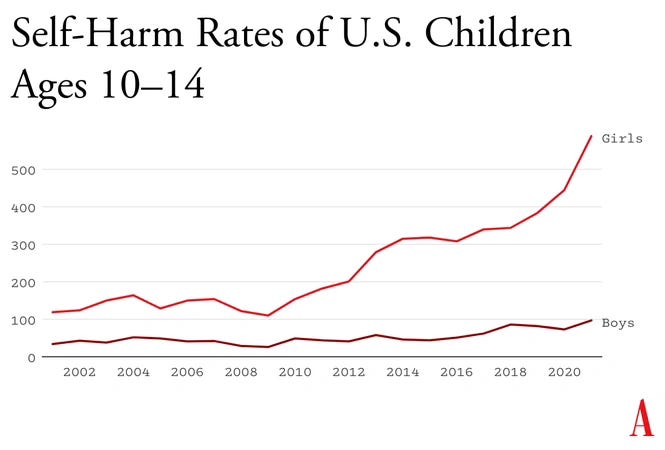
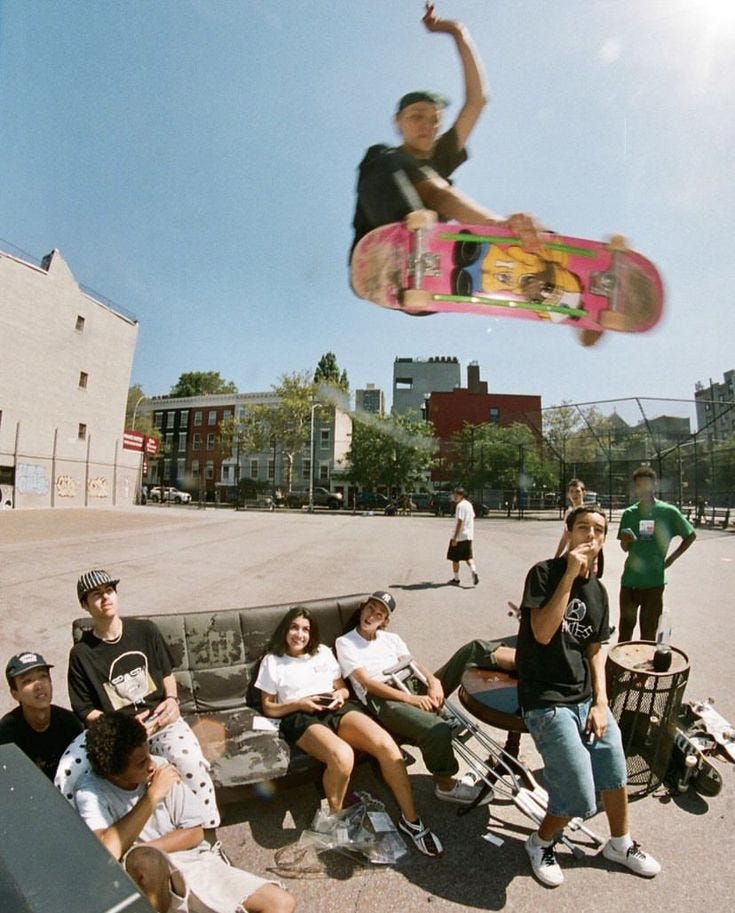

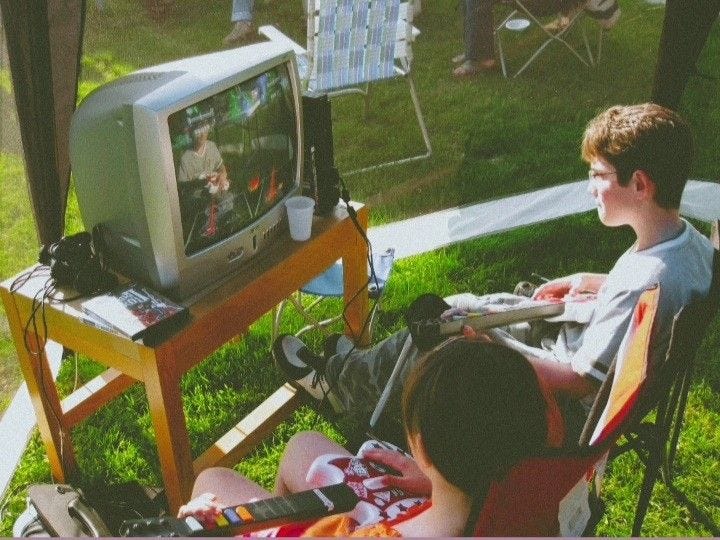
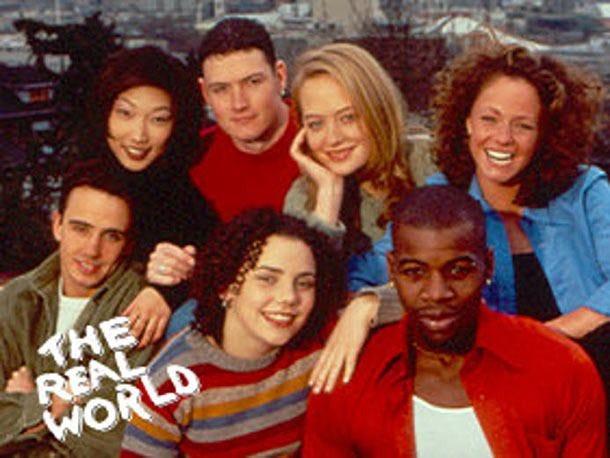
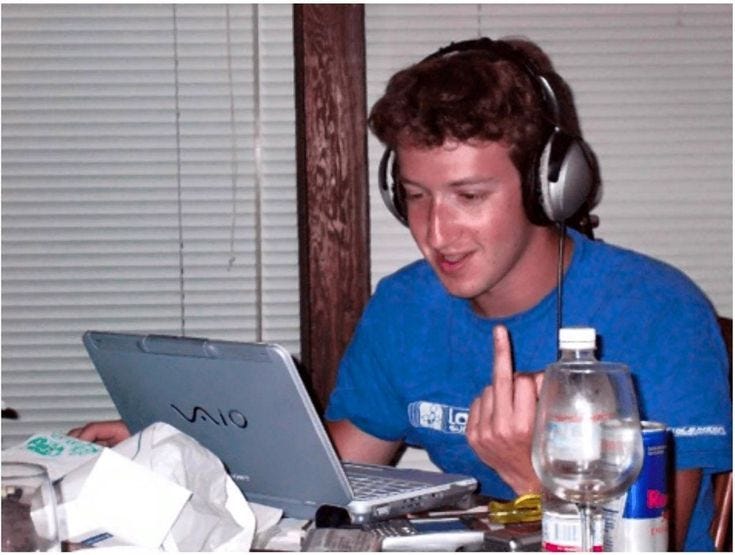
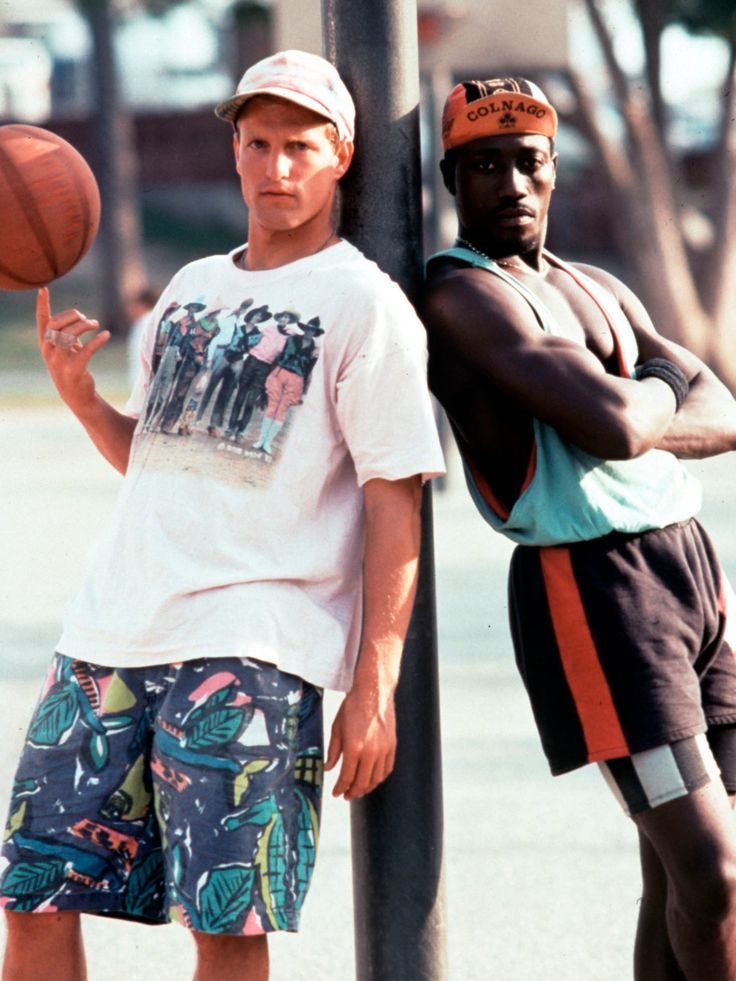
Very good reflection. I think about my children and how they have grown into productive adults. They were raised in the 50's and 60's where we taught respect and orderly behavior. Ever watch children today at the dinner table? They are up and about whenever they want. We used to see (in general) children at the table at any age stay seated and ask to be excused. I bring that up because it is a simple example of the basics of setting rules for children at the earliest ages and expect them to obey them. It's called respect and obedience to society's rules early in life. This way they have something to compare themselves versus today's children) who have the media as their standard (as you point out.) Lastly don't forget at any age to tell them everyday you love them and that you are always there for them. (Get's to be difficult with teenagers in all honesty but probably the most important time.)
i know what might help tho: maybe during the most psychologically and physically difficult and confusing time of life we should introduce the idea that the main thing that is happening to them has no clear meaning or definite outcome. it is no longer a given, it is a "choice" they have to make. and doctors and surgeons (but not their parents, lol, that would be interfering) are awaiting their decision.